Digital imaging company OmniVision Technologies and the Hong Kong Applied Science and Technology Research Institute Company Limited (ASTRI) entered the CES fray this week with a new reference design for an augmented reality headset capable of 60 degrees field of view (FoV).
The reference design combines a single-chip 1080p liquid-crystal-on-silicon (LCOS) display and image sensor from OmniVision with ASTRI's optics and electronics for a wireless headset that bests the HoloLens for field of view, though comes up short compared to the 90 degrees field of view of in the tethered Meta 2. OmniVision's single-chip design with integrated driver and memory buffer gives the headset both a smaller, lighter form factor and lower energy footprint compared to displays that employ multiple drivers and chips.
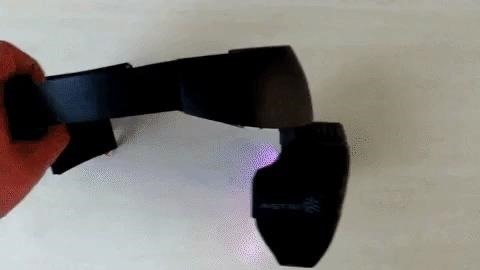
In addition to wider FoV, the OmniVision/ASTRI headset supports inside-out tracking for simultaneous localization and mapping (SLAM), 3D room scanning, and gesture tracking. The OmniVision image sensor can also capture images at 1280 x 800 pixels and video at 120 frames per second with low latency.
"ASTRI's intelligent AR projection solution offers advanced optics with uniquely varied FoV, as well as high resolution and brightness. Through this partnership, our advanced optical and sensing capabilities join the high-performance image sensor and LCOS solutions from OmniVision--offering the consumers an extraordinary product experience," said Kenny Chan, senior manager at ASTRI, in a company statement. "ASTRI's 'Smart Optics' display and sensing technology solutions, and this particular reference design, enable OEMs and ODMs to rapidly bring leading-edge AR glasses to the market."


For companies looking to break into consumer or enterprise AR sooner rather than later, the production-ready headset allows them to skip the development and prototyping phases and license the OmniVision/ASTRI product instead.
"Customers are looking for a complete turnkey reference design solution for AR glasses with Wi-Fi connectivity to any mobile device or PC," said Sam Yoshikawa, LCOS marketing manager at OmniVision. "We partnered with ASTRI because they are an early adopter of AR technology and they have strong expertise in AR design. The collaboration allows us to rapidly bring our high-resolution LCOS display to the AR market as part of a qualified reference design."
While the headset doesn't give consumers the smartglasses they can casually wear in public, it does push the early movers and aspiring entrants in the industry to improve on their next iterations. Therefore, consider this a possible step in the right direction for whichever company puts the right branding on the device.
Just updated your iPhone to iOS 18? You'll find a ton of hot new features for some of your most-used Apple apps. Dive in and see for yourself:
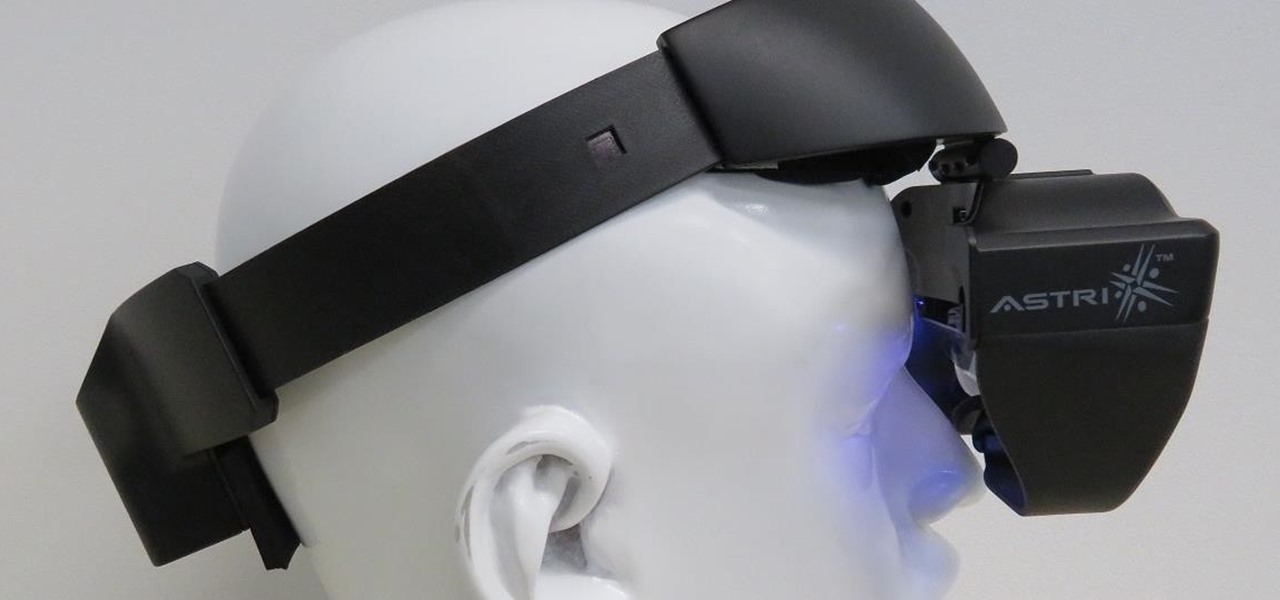


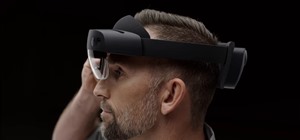
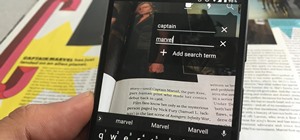






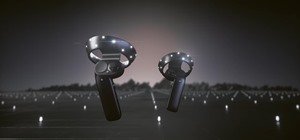
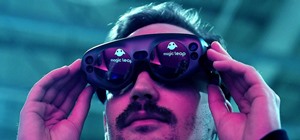

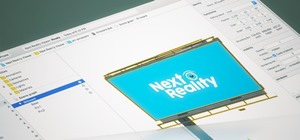


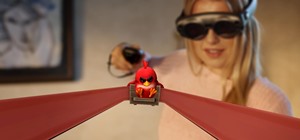

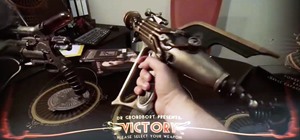

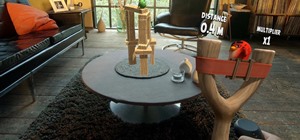
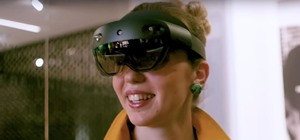

Be the First to Comment
Share Your Thoughts